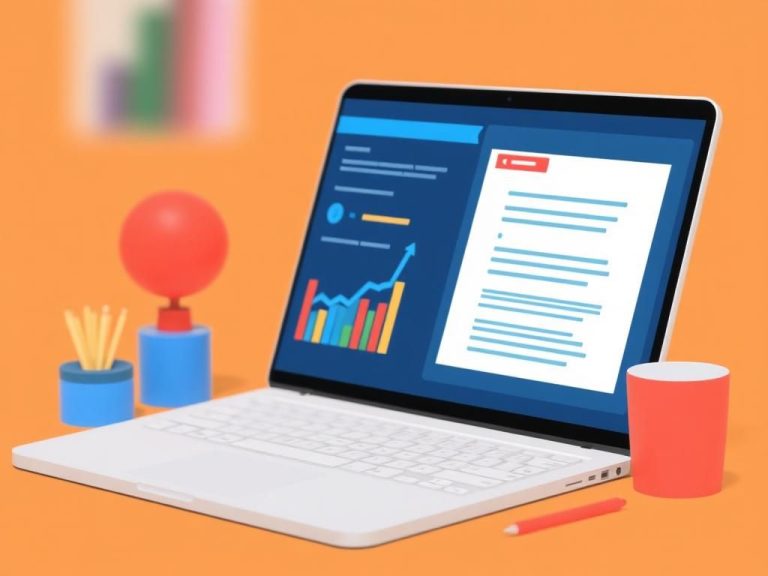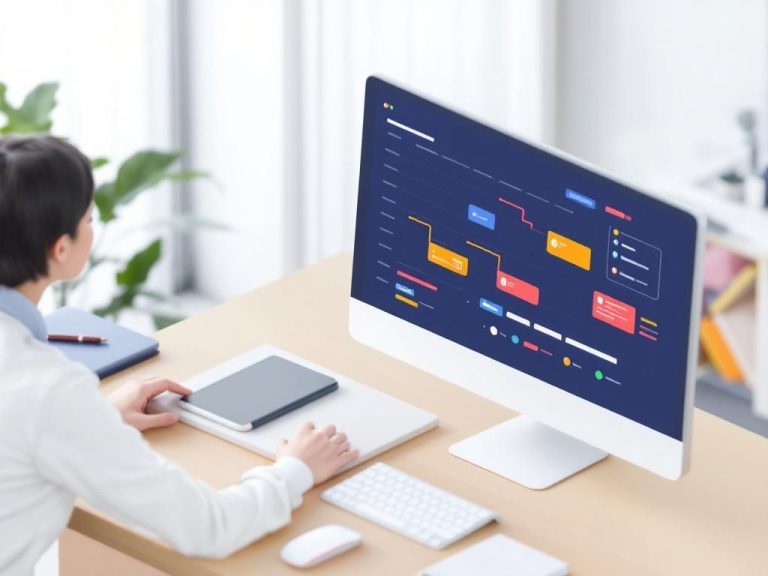As organizations strive for efficiency in today’s fast-paced business environment, the incorporation of artificial intelligence (AI) into team management processes has become a game-changer. AI scheduling tools are revolutionizing how teams organize their time, streamline workflows, and improve overall productivity. Gone are the days of endless email threads and scheduling conflicts. With AI scheduling, teams can focus on what truly matters—achieving their goals. This article explores the transformative impact of AI scheduling on team dynamics, its key features, benefits, and how to implement these tools effectively.
The Rise of AI in Workplace Scheduling
The adoption of AI in workplace scheduling is part of a larger trend towards automation and intelligent technology solutions. With the increasing complexity of team collaboration and the need for real-time availability sharing, traditional scheduling methods are often insufficient. AI scheduling tools leverage machine learning algorithms to optimize and automate the scheduling process, thereby saving time and reducing human error.
How AI Scheduling Works
AI scheduling systems utilize advanced algorithms to analyze various factors related to scheduling. These can include:
- Team members’ availability
- Personal preferences and working hours
- Project deadlines and priorities
- Meeting types and required attendees
By processing this data, AI scheduling tools can suggest optimal meeting times, automatically book rooms, and even send notifications to attendees, creating a seamless scheduling experience.
Key Features of AI Scheduling Tools
When considering the implementation of AI scheduling solutions, understanding their core features can help teams select the best option for their needs. Here are some key functionalities to look for:
1. Smart Availability Detection
AI tools can automatically check team members’ calendars and suggest times when everyone is available, reducing the back-and-forth communication usually involved in scheduling.
2. Integration with Existing Tools
Comprehensive AI scheduling solutions often integrate with popular calendars (such as Google Calendar, Microsoft Outlook) and project management tools (like Asana or Trello), keeping everything synchronized.
3. Time Zone Coordination
For teams spread across different locations, AI scheduling tools can automatically adjust meeting times based on participants’ time zones, eliminating confusion.
4. Learning Capabilities
Advanced AI scheduling algorithms learn from past scheduling behaviors and preferences, allowing them to improve suggestions over time.
5. Conflict Resolution
In case of scheduling conflicts, AI tools can propose alternative times or even suggest attendees who might not be critical to the meeting, thus maintaining productivity.
Benefits of Implementing AI Scheduling
The benefits of utilizing AI scheduling tools are manifold, enhancing both team efficiency and satisfaction. Here are some advantages your organization can reap:
1. Increased Productivity
By automating the scheduling process, teams can dedicate more time to core tasks and projects, thus driving productivity.
2. Reduced Scheduling Errors
Eliminating the human element in scheduling minimizes errors such as double bookings, missed meetings, or incorrect details.
3. Enhanced Work-Life Balance
AI tools can respect personal preferences and work hours, leading to a healthier work-life balance for team members.
4. More Effective Collaboration
With easier access to scheduling, teams can collaborate more effectively, fostering innovation and creativity.
5. Cost Savings
By reducing the time spent on scheduling and minimizing the potential costs of miscommunication, organizations can experience significant cost savings over time.
Integrating AI Scheduling into Your Team
Implementing AI scheduling tools is a straightforward process, but it requires careful planning and consideration to ensure a successful rollout. Here’s a simple step-by-step guide to get started:
Step 1: Identify Your Needs
Understand your team’s specific scheduling challenges and how AI can help address them. Consider factors such as:
- Size of the team
- Geographical distribution
- Frequency of meetings
- Types of tasks being scheduled
Step 2: Research Available Tools
There are numerous AI scheduling tools available, each with different features. Some popular options include:
| Tool | Key Features | Pricing |
|---|---|---|
| Calendly | Smart scheduling links, calendar integrations, automated notifications | Free/Pro plans starting at $8/month |
| x.ai | AI-powered personal assistants, email integration, learning capabilities | Starting at $10/month |
| Clockwise | Smart calendar management, time blocking, team insights | Free/Pro plans starting at $6/month |
Step 3: Train Your Team
Once a tool is selected, ensure that all team members are trained on how to use it effectively. Training can include:
- Workshops and demonstrations
- Online tutorials
- Creating a user manual or guide
Step 4: Monitor and Adjust
After implementation, continuously monitor the tool’s performance and gather feedback from team members. Be ready to make adjustments if certain features are not aligning with your team’s needs.
Overcoming Challenges in AI Scheduling
While AI scheduling can bring numerous benefits, organizations might face challenges during its implementation. Here are some common issues and how to address them:
Data Privacy Concerns
With AI tools accessing team members’ calendars, data security is paramount. Ensure that the chosen tool complies with GDPR and other relevant regulations, and communicate data usage policies clearly to the team.
Resistance to Change
Some team members may be hesitant to adopt new technology. To overcome this:
- Emphasize the time-saving benefits
- Provide ongoing support
- Encourage open discussions about concerns
Dependence on Technology
Relying too heavily on AI tools can create challenges if the technology fails. Always have a backup plan for critical scheduling.
Conclusion
AI scheduling has the potential to transform how teams manage their time and conduct meetings. By embracing this technology, organizations can foster greater collaboration, improve productivity, and enhance the overall work experience for their employees. As the workforce continues to evolve, adopting AI scheduling is not just a trend but a strategic move towards a more efficient and engaged team.
FAQ
What is AI scheduling?
AI scheduling refers to the use of artificial intelligence technology to automate and optimize the process of scheduling tasks, meetings, and resources, making it more efficient and less time-consuming.
How can AI scheduling benefit my team?
AI scheduling can enhance productivity by minimizing scheduling conflicts, reducing manual effort, and ensuring that team members are available for important tasks and meetings.
Is AI scheduling suitable for all types of teams?
Yes, AI scheduling is versatile and can be beneficial for teams of all sizes and industries, from small startups to large enterprises.
What features should I look for in an AI scheduling tool?
Key features to consider include calendar integration, automatic conflict resolution, user-friendly interface, team availability tracking, and analytics for performance insights.
How does AI scheduling improve team collaboration?
AI scheduling improves team collaboration by streamlining communication, ensuring everyone is on the same page regarding schedules, and reducing the back-and-forth typically involved in setting up meetings.
Can AI scheduling tools integrate with existing software?
Most AI scheduling tools offer integrations with popular software applications like Google Calendar, Microsoft Outlook, and project management tools, enhancing workflow without disrupting existing systems.




